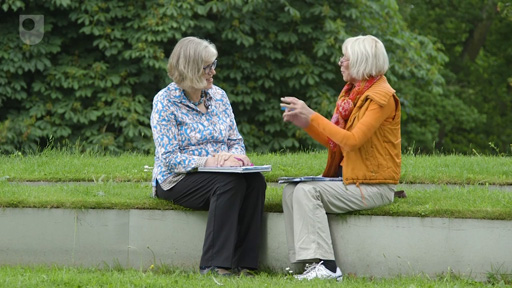1.1 Strategies for confronting the challenges to making SoTL public
Some of the strategies which will help you to confront the challenges of going public are as follows.
- Work in a team, where possible; work with colleagues who are experienced in writing for dissemination and peerreview. Collaborators provide new insights or access to expertise or strengths beyond that of a single educator, just as they do in traditional disciplinary research.
- Approach your mentor or critical friend to support your SoTL activities (Dewar et al., 2018). You could ask your project sponsor to suggest/allocate a mentor to you, or you could approach somebody directly who you feel could help (e.g. a subject matter expert in your area; an experienced SoTL colleague; a colleague who has published extensively and is known for the impact their research and scholarship generates) and ask if they would be willing to be your mentor or critical friend.
- Look for training opportunities to learn and develop skills such as academic writing, preparing posters, how to write for social media, etc. If your institution doesn’t have in-house training facilities for such topics, you will be able to find many free training resources online.
- Participate in writing away-days or retreats, or suggest such events in your department or institution, wherever possible.
- Connect with other institutions (in the region, nationally and internationally) to develop a community of SoTL practitioners to receive and provide support and peer mentorship, or to develop individual or collaborative SoTL projects (Plews and Amos, 2020).
- Attend SoTL events to gain insights into how SoTL is disseminated.
- Carve out time for dissemination in your workload (with support from your manager).
- Start small; not every SoTL inquiry has to be disseminated internationally. In fact, you may choose to start with a poster, or give presentations within your department or institution, or develop a report for internal distribution in the first instance.
- Local dissemination activities will help you to get early feedback, provide opportunities for reflection and to understand the requirements of your audience (why is your inquiry of interest to others; what would they like to know and why?). Receiving peer feedback within your department or institution will help build confidence for academic writing and presentations.
- Look out for strategies and role models: what are the strategies that colleagues employ to make their SoTL work public? What are the most common and most accepted ways to share?
- Act as agents of social change in order to change the value and reward structure of SoTL within your institution so that the culture, human resource policies, learning and development opportunities and workload allocation systems recognise scholarship and its dissemination.
- Look for funding opportunities within the institution or from external sources that will support travel to national and international events for dissemination of SoTL.
In Activity 3, you will hear the experiences of an Open University STEM colleague’s experiences of working on SoTL projects funded by eSTEeM [Tip: hold Ctrl and click a link to open it in a new tab. (Hide tip)] , OU’s Centre for STEM pedagogy, and the plan for disseminating the outputs.
Activity 3 Disseminating outputs of SoTL projects
As you are watching the following 4 minutes 51 seconds video, reflect on the path Sally Jordan from the OU’s Faculty of STEM, has taken for dissemination of the outputs of her SoTL practice.

Transcript: Video 2 Thresholded assessment: does it work?
Discussion
While speaking to her colleague, Janet Sumner, Sally reflects on her association of ten years with eSTEeM (The Open University’s Centre for STEM pedagogy) and how eSTEeM has supported Sally’s SoTL project. With eSTEeM’s support, Sally has been able to travel to conferences to present her work. More recently, eSTEeM provided funding for Hillary, a researcher from Canada who was looking to gain some research experience, to visit the OU and spend a couple of months with Sally. Hillary helped with data analysis in Sally’s SoTL projects, also working with Dr Holly Hedgeland. Hillary won the poster prize at the eSTEeM conference and she, Holly and Sally have submitted a paper to a leading physics education research journal.
Sally is currently finalising another journal paper which has as its starting point in this eSTEeM project ‘Thresholded assessment: does it work’ and applies the findings in the context of the growth of online assessment across the sector in response to the Covid-19 pandemic.
If you are interested in knowing more about Sally’s project, the details are available at: Thresholded assessment: does it work?
